Have you ever watched a movie set in ancient times and spotted a wristwatch on a character’s arm? That’s a classic example of an anachronism, where something appears out of its proper time period. Anachronisms can be fascinating and sometimes humorous, making us pause and rethink the scene. They often pop up in films, literature, and even art, either by accident or as a deliberate choice by the creator. These time-traveling oddities can add an interesting twist to a story or simply make us chuckle at the oversight.
Consider the famous case of a Starbucks cup appearing in a scene of “Game of Thrones.” This modern coffee cup sitting among medieval props sparked quite a conversation among fans and highlighted how even the most meticulously crafted worlds can have unexpected slip-ups. Anachronisms like this remind us of the delicate balance between storytelling and the details that ground us in a specific era. They also show how our modern lives can sometimes sneak into the past, creating a unique connection across time periods. In this article, we’ll explore 20 intriguing examples of anachronism that have caught our attention and left a mark on various forms of storytelling.
Understanding Anachronism
Anachronism is a term used to describe an error in chronology, where something is placed in a time period where it does not belong. This can occur in literature, art, film, and other forms of media, as well as in everyday conversation. Anachronisms are often introduced unintentionally, but they can also be used deliberately for artistic or comedic effect.
In essence, an anachronism happens when a person, event, object, or expression is associated with a time period that is incorrect or not in alignment with historical facts. For example, if a movie set in the 18th century features a character using a smartphone, this would be considered an anachronism because smartphones did not exist during that time.
Anachronisms can be categorized into two main types:
Parachronism: This occurs when something from the past is placed into a later time period where it no longer exists or is obsolete. For instance, featuring a Roman gladiator in a modern-day setting would be a parachronism.
Prochronism: This is when something is introduced into a setting before it actually existed. For example, depicting a medieval knight wearing a wristwatch would be a prochronism.
Understanding anachronisms is important for appreciating historical accuracy in storytelling and media. When used purposefully, they can add humor, irony, or a unique twist to a narrative. However, unintended anachronisms might confuse audiences or lead to historical inaccuracies. Recognizing anachronisms can enhance one’s appreciation of the effort and research that goes into creating authentic and believable historical representations.
Examples of Anachronism
Anachronisms are everywhere in storytelling, blending the past with elements from other time periods. Below, we highlight 20 intriguing examples that showcase how these out-of-place details can spark humor, curiosity, and deeper thought.
1. Julius Caesar with a Wristwatch
Imagine a stage play about Julius Caesar, where the actor playing Caesar is wearing a modern wristwatch. This is a classic example of anachronism. Wristwatches did not exist in ancient Rome, so this detail is out of place and time. It serves to highlight the difference between historical and modern settings.
2. Knights Using Cell Phones
Picture a movie set in the Middle Ages where knights are seen using cell phones to communicate during a battle. This is an anachronism because cell phones did not exist during that period. It creates a humorous or jarring effect because it mixes elements from different eras.
3. Shakespeare Characters with Sunglasses
In a modern adaptation of a Shakespearean play, a character might be seen wearing sunglasses. Sunglasses were not available during Shakespeare’s time, so this is an anachronism. It can add a contemporary twist to the play, making it more relatable to today’s audience.
4. A Renaissance Painting with a Laptop
Consider a painting in the style of the Renaissance, but with a laptop included in the scene. This is an anachronism because laptops are modern devices that did not exist in the Renaissance. Such a juxtaposition can spark curiosity and conversation about the blend of past and present.
5. Cowboys in the Wild West Watching Television
Imagine a Western film where cowboys gather around a television set. This is an anachronism because televisions were not invented until long after the Wild West period. This creates a surreal image that emphasizes the contrast between different technological eras.
6. Ancient Egyptians with Electric Lights
Visualize a historical documentary depicting ancient Egyptians constructing the pyramids, but using electric lights to illuminate their work. This anachronism highlights the technological gap between ancient times and the modern world. It might be used to draw attention to how far technology has advanced.
7. Victorian Era Characters Driving Cars
In a novel set in the Victorian era, characters might be described as driving modern cars. This is a clear anachronism since cars were not widely available until the 20th century. It adds an interesting twist to the narrative, merging different time frames.
8. Medieval Feast with Canned Soda
Picture a medieval banquet where guests are served canned soda along with their traditional fare. This would be an anachronism because canned beverages are a recent invention. It brings a playful element by combining modern convenience with historical settings.
9. Ancient Greek Philosophers Using Computers
Imagine a cartoon depicting ancient Greek philosophers like Socrates and Plato using computers to write their dialogues. This is an anachronism because computers are a modern invention, far removed from ancient Greece. It offers a humorous take on how these thinkers might engage with today’s technology.
10. Elizabethan Court with Electric Guitars
Envision a performance at the Elizabethan court where musicians play electric guitars instead of lutes or violins. This is an anachronism because electric guitars are a 20th-century invention. It creates a striking contrast between the musical instruments of different times, offering a unique auditory experience.
11. Stone Age Hunters with GPS Devices
Imagine a comic strip where Stone Age hunters are depicted navigating the terrain using GPS devices. This is an anachronism because GPS technology is a modern invention, far beyond the capabilities of prehistoric humans. The juxtaposition of ancient survival techniques with cutting-edge navigation technology creates a humorous and thought-provoking image.
12. Victorian Ladies with Selfie Sticks
Picture a period drama scene where elegantly dressed Victorian ladies are posing for selfies with modern smartphone selfie sticks. This is an anachronism because photography was in its infancy during the Victorian era, and smartphones with cameras were not yet conceived. This image contrasts the formal portrait culture of the past with the casual, digital self-portraits of today.
13. A Medieval Knight with a Boom Box
Envision a medieval knight marching into battle with a boom box blasting music. This is an anachronism because portable music players did not exist in the Middle Ages. The clash between the knight’s traditional armor and the modern music device creates a surreal and amusing scenario.
14. Ancient Romans Watching a Movie in 3D
Consider a humorous illustration showing ancient Romans in a coliseum, wearing 3D glasses and watching a modern blockbuster film. This is an anachronism because cinema technology was far from being realized in ancient Rome. The image highlights the vast technological advancements that separate ancient entertainment from today’s cinematic experiences.
15. Pirates with Modern Walkie-Talkies
Visualize a pirate ship on the high seas, where the crew communicates using walkie-talkies. This is an anachronism since radio communication was not available during the age of piracy. The mix of swashbuckling adventure and modern technology adds a playful twist to the traditional pirate narrative.
16. A 1920s Jazz Band with Digital Synthesizers
Imagine a roaring 1920s jazz band performing in a speakeasy, but with digital synthesizers instead of acoustic instruments. This is an anachronism because electronic music equipment did not exist during the Jazz Age. The fusion of jazz’s golden era with contemporary music technology creates an intriguing auditory and visual contrast.
17. Ancient Chinese Scholars Using E-Readers
Picture ancient Chinese scholars in a traditional study setting, reading classic texts on modern e-readers. This is an anachronism because electronic reading devices are a recent development. The blend of ancient wisdom with digital convenience offers a humorous take on how historical figures might interact with modern technology.
18. A Wild West Saloon with a Modern Espresso Machine
Imagine a scene in a Wild West saloon where cowboys order lattes from a sleek, modern espresso machine. This is an anachronism because espresso machines were not part of the Old West. The contrast between the rugged, dusty saloon and the polished coffee technology creates a quirky and unexpected image.
19. Renaissance Scientists with Drones
Envision a group of Renaissance scientists conducting experiments with the help of drones. This is an anachronism because drones are a product of 21st-century innovation. The juxtaposition of early scientific exploration with advanced aerial technology highlights the leaps in scientific progress over the centuries.
20. Prehistoric Humans Using Smartwatches
Picture prehistoric humans sitting around a campfire, glancing at their smartwatches to check the time. This is an anachronism because smartwatches are a modern invention, unimaginable in prehistoric times. The combination of primitive life with cutting-edge technology creates an amusing and striking visual paradox.
The Role of Anachronisms in Detecting Historical Fraud
Anachronisms are not just quirky errors in storytelling; they play a crucial role in historical analysis. For historians, spotting anachronisms in documents or artifacts can serve as a vital clue to identify potential forgeries or inaccuracies. One famous example is the Donation of Constantine, a document once used to justify significant power and privilege for the Church.
The Donation of Constantine claimed to be written in 315 CE. It allegedly granted lands and authority to the Church by Emperor Constantine I. However, this document contains a glaring anachronism: it references Constantinople, a city that wasn’t named until 330 CE, 15 years after the supposed date of the document. This discrepancy proved that the Donation was not written during Constantine’s reign but was likely forged in the 8th or 9th century.
This discovery wasn’t just a historical detail – it had real-world implications. For centuries, the Church wielded this document as evidence of its authority. When the forgery was exposed during the Renaissance, it sparked debates about the Church’s historical claims to power. It reminded people that historical documents must be scrutinized with care.
Understanding anachronisms helps ensure history is not distorted. Without this awareness, falsified information could be accepted as truth, shaping narratives and decisions for generations. Think about how much trust people place in historical records. When these records are fake, the consequences can be immense. Wars have been justified, policies enacted, and societies shaped based on false premises. Recognizing anachronisms protects us from such errors.
For everyday people, this highlights the importance of critical thinking. Imagine coming across an ancient-looking document that mentions modern inventions. If you know about anachronisms, you might question its authenticity. This skill is valuable not only for historians but for anyone navigating a world filled with misinformation. By being vigilant, we can better distinguish between what is real and what is fabricated.
In the context of history, understanding anachronisms isn’t just about studying the past. It’s about preserving the integrity of truth itself. By learning to recognize these time-based inconsistencies, we empower ourselves to challenge falsehoods and ensure that the stories we tell and believe are grounded in reality.
The Impact of Historical Blunders on Storytelling
When writers or filmmakers accidentally place an object, phrase, or technology in a setting where it doesn’t belong, it can disrupt the narrative flow and pull audiences out of the story. However, these historical blunders can also offer unique opportunities for creative storytelling. By acknowledging and intentionally using these errors, creators can craft intriguing alternate histories or imaginative worlds that seamlessly blend different time periods in captivating ways.
For instance, the inclusion of a modern wristwatch in a medieval drama might initially seem like a glaring mistake. Still, it could also serve as a springboard for a storyline involving time travel or parallel universes. This approach allows storytellers to explore “what if” scenarios that captivate audiences by breaking the boundaries of traditional historical narratives.
Moreover, these blunders can spark engaging discussions among audiences, encouraging them to explore the historical context of the story. Such conversations can enrich the viewer’s experience by prompting them to research and gain a deeper understanding of the actual historical period depicted in the narrative.
While accuracy is vital for authenticity, the creative use of historical inaccuracies can lead to innovative storytelling. By turning potential mistakes into narrative strengths, creators can craft memorable stories that resonate with audiences on multiple levels.
Understanding Anachronism in Literature and Film
Anachronism is a fascinating concept, especially in literature and film, where it can both enrich and confuse audiences. In these mediums, anachronisms occur when elements are placed in a time period where they do not belong. For example, a character in a medieval setting using a smartphone is a glaring anachronism. Such creative choices might be intentional, serving as artistic statements, or they may be accidental, reflecting oversight in research and production. Intentional anachronisms are often used to make contemporary commentary or to add humor. They can also serve as a bridge between different times, making historical narratives more relatable to modern audiences.
However, unintentional anachronisms can disrupt the audience’s suspension of disbelief, pulling them out of the narrative. This is why period films and historical novels often employ experts to ensure historical accuracy. Understanding anachronisms in these contexts helps audiences appreciate the creative decisions behind artistic works and recognize the balance between historical fidelity and creative expression. When searching for anachronisms in literature and film, viewers and readers often focus on discrepancies in language, technology, and customs.
The Role of Anachronism in Historical Analysis
In historical analysis, anachronism serves as a critical tool for understanding the past. Historians are keenly aware of the dangers of projecting contemporary values and ideas onto historical figures and events—this is known as anachronistic thinking. When analyzing history, it is crucial to consider the context of the time to avoid misinterpretations. For instance, applying modern ethical standards to past societies can lead to skewed conclusions about historical actions and decisions.
Yet, anachronism is not always detrimental in historical studies. It can be used deliberately to draw parallels between past and present, helping to highlight changes over time. By understanding how certain concepts or practices have evolved, historians can provide insights into the development of societies and cultures. This approach requires a delicate balance, as it involves recognizing the differences between eras while acknowledging the connections. When researching history, being aware of anachronism helps maintain objectivity and accuracy, ensuring that interpretations are rooted in the context of the time rather than influenced by present-day perspectives.
Understanding Anachronism in Technology
Anachronism isn’t just about history or literature; it also finds its place in technology. As technology evolves rapidly, certain tools or devices can become outdated. For example, think of the floppy disk icon still used to represent “save” in many software applications. It’s a symbol that most young people today have never seen in real life. Yet, it persists as a relic of past tech, a comforting reminder of the early days of personal computing for some. This kind of technological anachronism can create a bridge between generations, linking the past with the present. While some see it as a charming nod to history, others argue that it may confuse users unfamiliar with the old technology. It’s intriguing how anachronisms in tech can evoke nostalgia, while also highlighting how quickly our tools change. Analyzing these anachronisms helps us understand the cultural and emotional connections people form with technology over time.
The Role of Anachronism in Fashion
Fashion trends often cycle through anachronistic phases. Styles from past decades frequently make comebacks, sometimes with a modern twist. Take, for instance, the resurgence of 90s fashion in recent years. Baggy jeans, scrunchies, and crop tops have all reappeared, embraced by new generations. These anachronistic trends can be a way for people to express individuality while connecting with a specific era’s vibe. For some, wearing retro styles can be a statement against current fashion norms. Fashion anachronisms also play a part in sustainability. By reviving and reusing old styles, the fashion industry can reduce waste and promote more sustainable practices. Yet, not everyone is thrilled about revisiting past styles. Some might find the return of certain trends cringe-worthy, preferring to leave them in their original context. Fashion’s cyclical nature ensures that anachronism remains a relevant and ever-present topic within the industry.
Read also: 20 Examples of Obstacles & Definition
The Most Popular on BitGlint
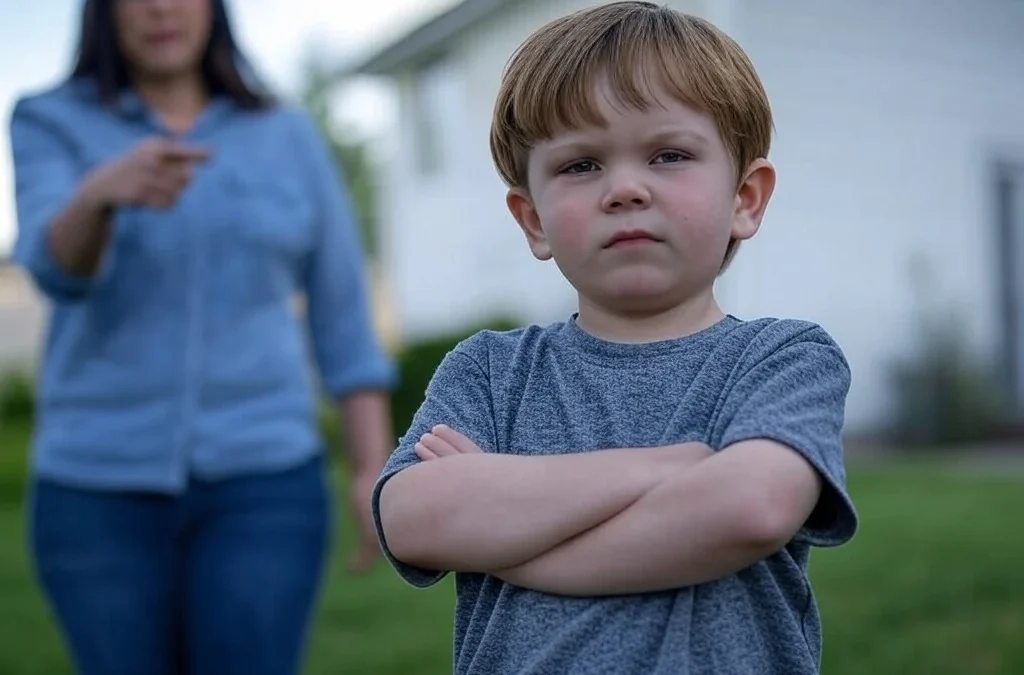
30 Defiance Examples & Meaning
Defiance is something most people experience at some point in life. You feel it when you say no to something that...
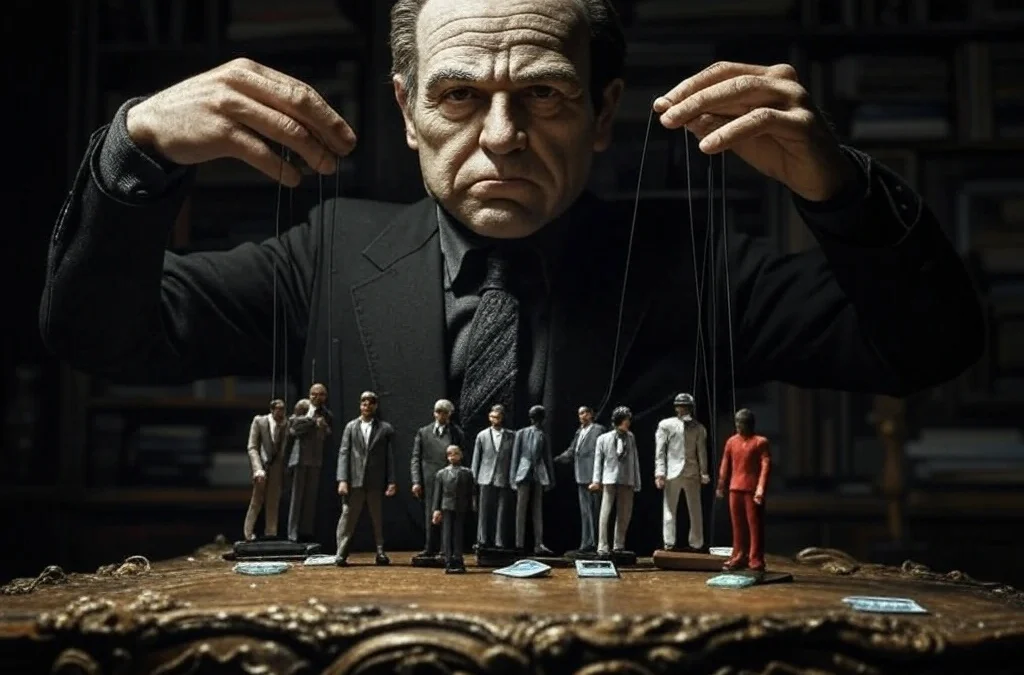
30 Cynicism Examples in Everyday Life & Definition
Cynicism is something most people have seen, heard, or even felt - but few stop to really think about what it means....

30 Ethical Dilemma Examples & Definition
Ethical dilemmas are not just topics for classrooms or philosophers. They happen to regular people every day - in...
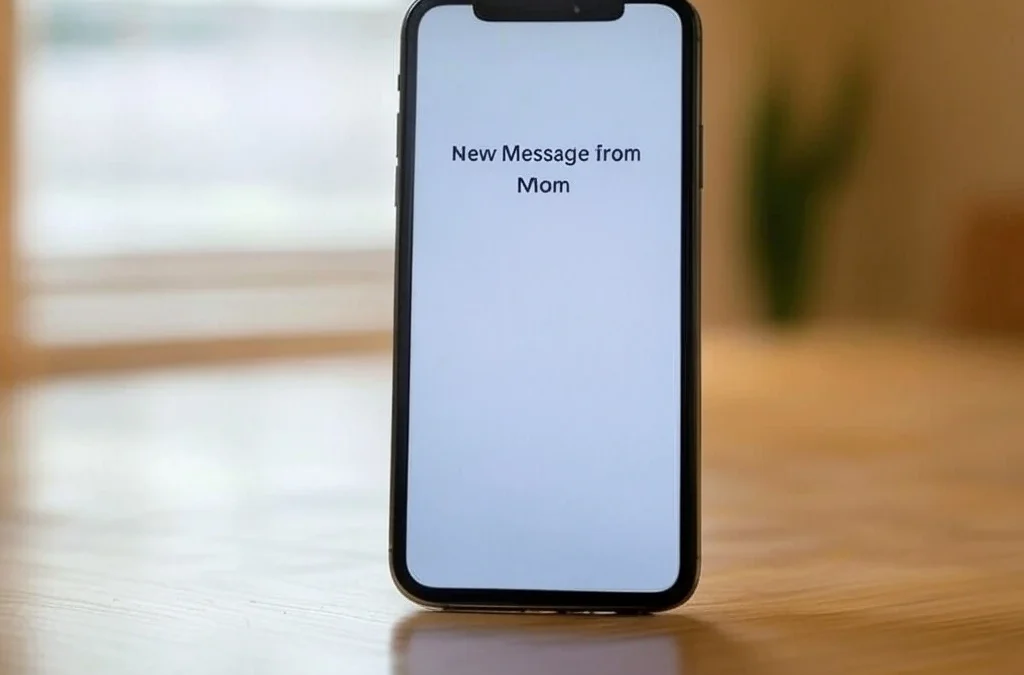
100 Social Interaction Examples
In our increasingly digital world, the art of face-to-face social interaction remains essential for personal growth,...

100 Open-Ended Questions: Examples & Meaning
Open-ended questions are questions that invite explanation, opinion, or personal stories. Unlike yes-or-no questions,...
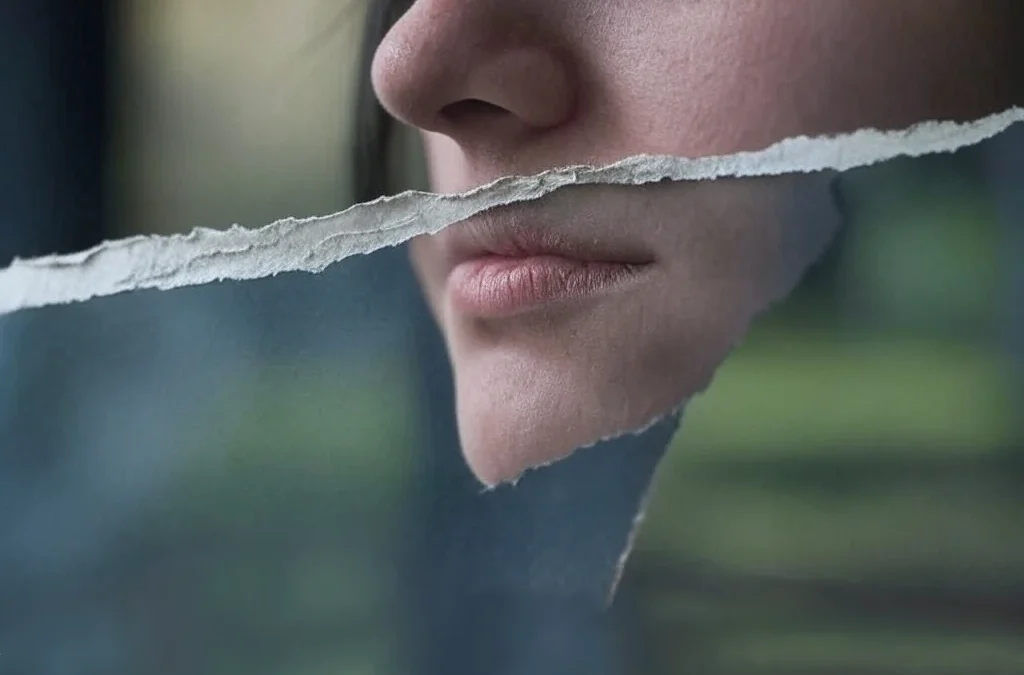
30 Regret Examples & What It Means
Regret is a common human emotion that almost everyone experiences at some point in their lives. It shapes our...
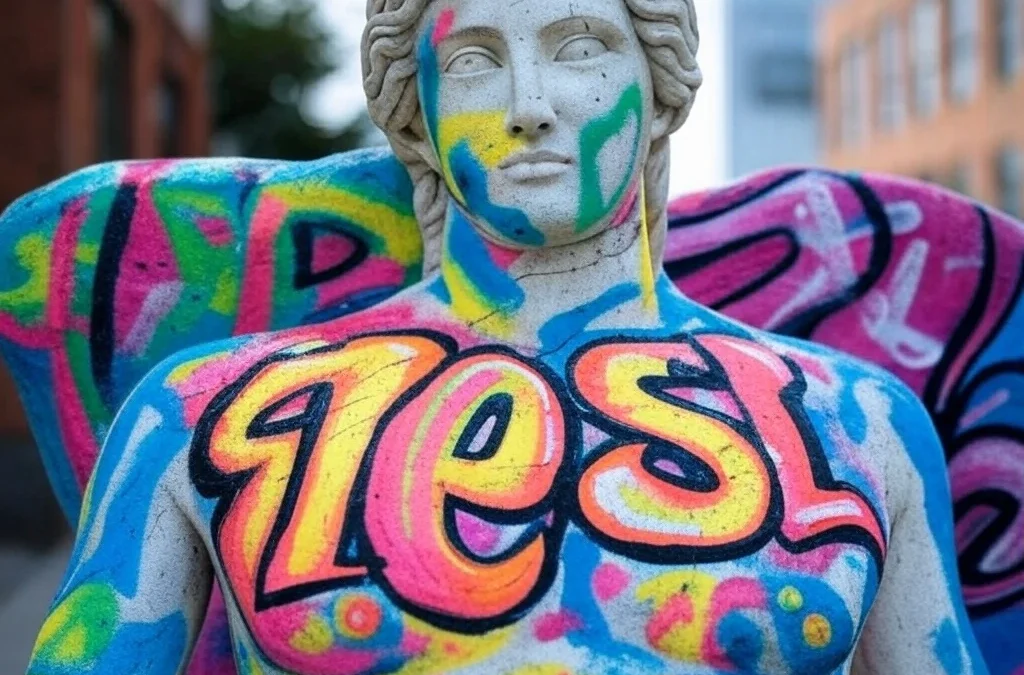
30 Transgression Examples & Definition
We all know what it feels like when someone “crosses the line.” Maybe they say something they shouldn't. Maybe they...
Get Inspired with BitGlint
The Latest
Hermaphroditus (Greek Mythology)
In Greek mythology, Hermaphroditus was born as the son of Hermes, the messenger god, and Aphrodite, the goddess of love and beauty. His name combines those of his parents—Hermes and Aphrodite. As the child of two Olympian deities, Hermaphroditus was extraordinarily...

30 Obedience Examples & What It Really Means
Obedience is a part of everyday life, whether we notice it or not. From following traffic laws to listening to a parent or teacher, we all experience it in one way or another. But what does obedience really mean? Why do people obey — and when should they? In this...
50 Things That Are Smart
We all know someone who seems naturally clever. Maybe they pick up new skills quickly or always have the right answer. Being smart isn't just about book smarts or having a high IQ. It shows up in many forms - from problem-solving and adapting to new situations to...
30 Examples of Harmony in Life
Have you ever listened to an orchestra and felt the music wash over you, each instrument blending perfectly with the others? That's harmony in action. It's not just about music, though. Harmony can be found in everyday life, from the way colors complement each other...

